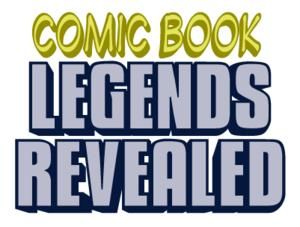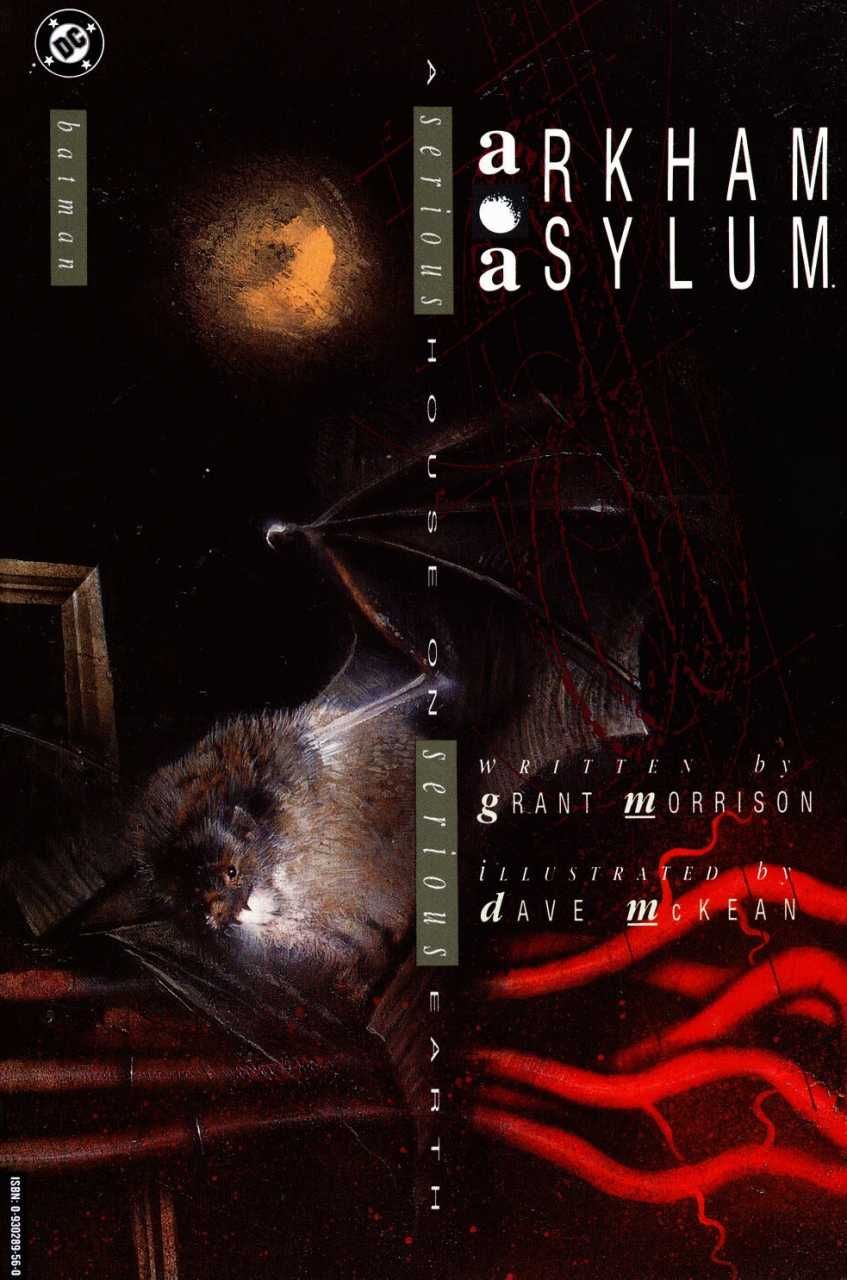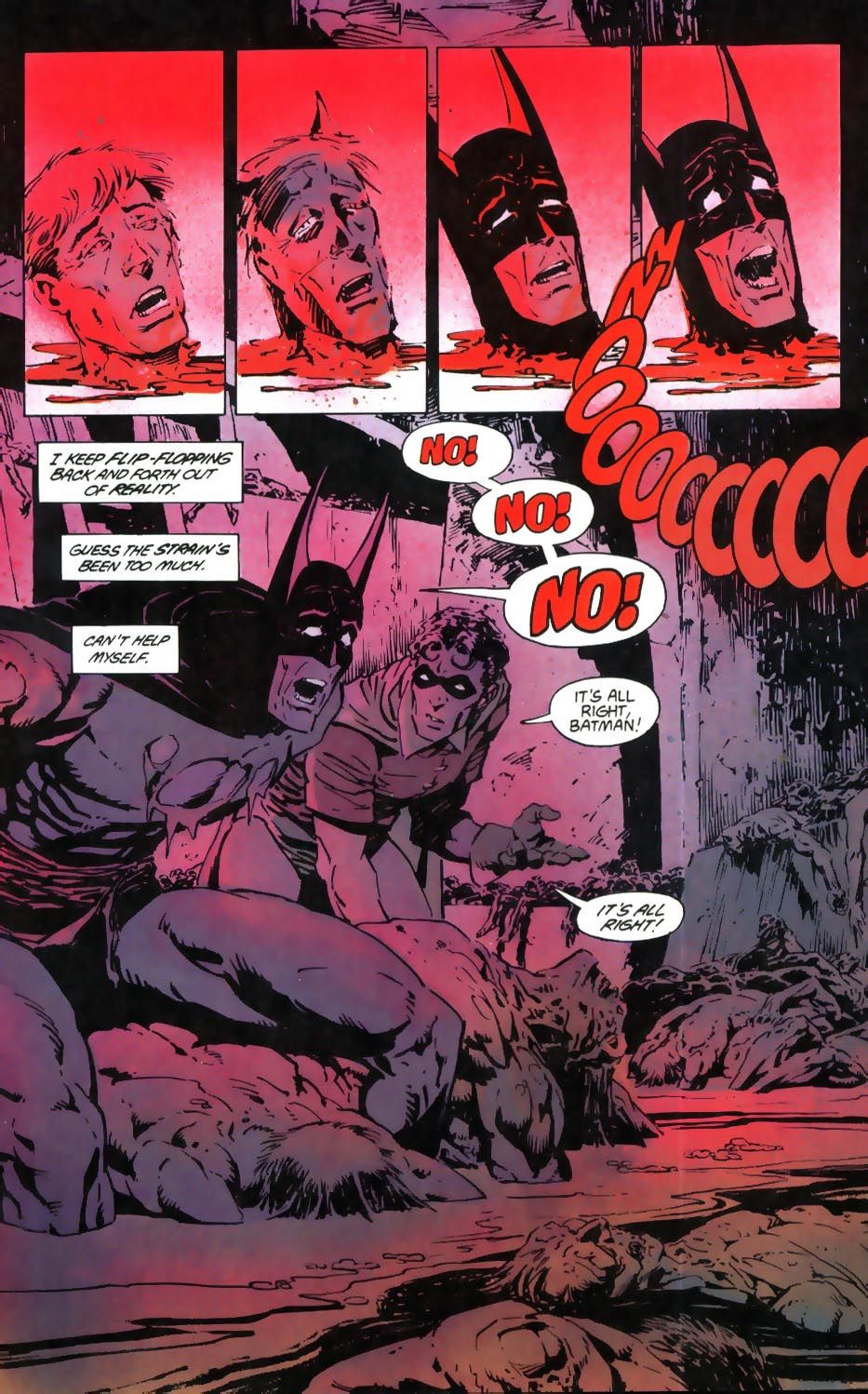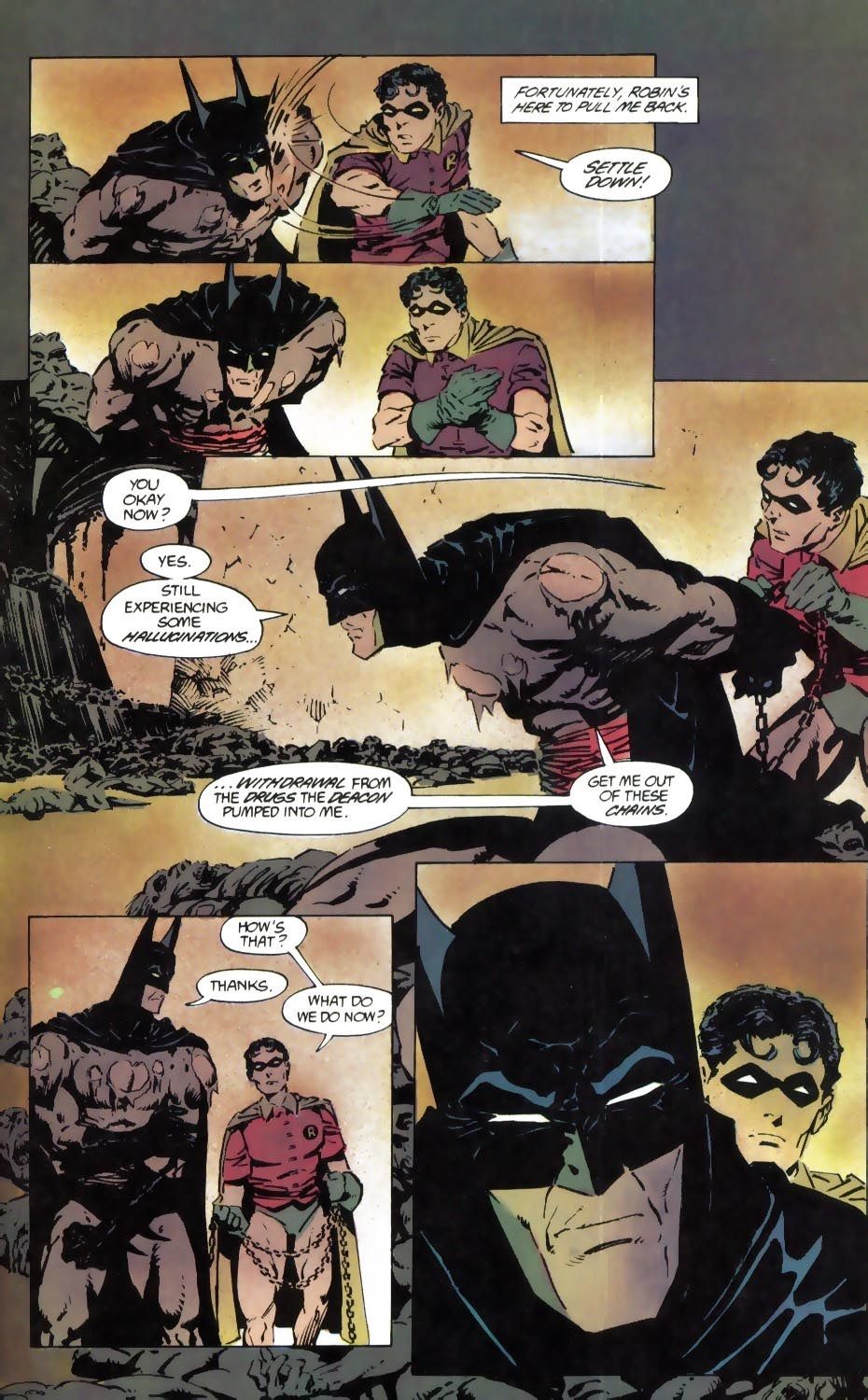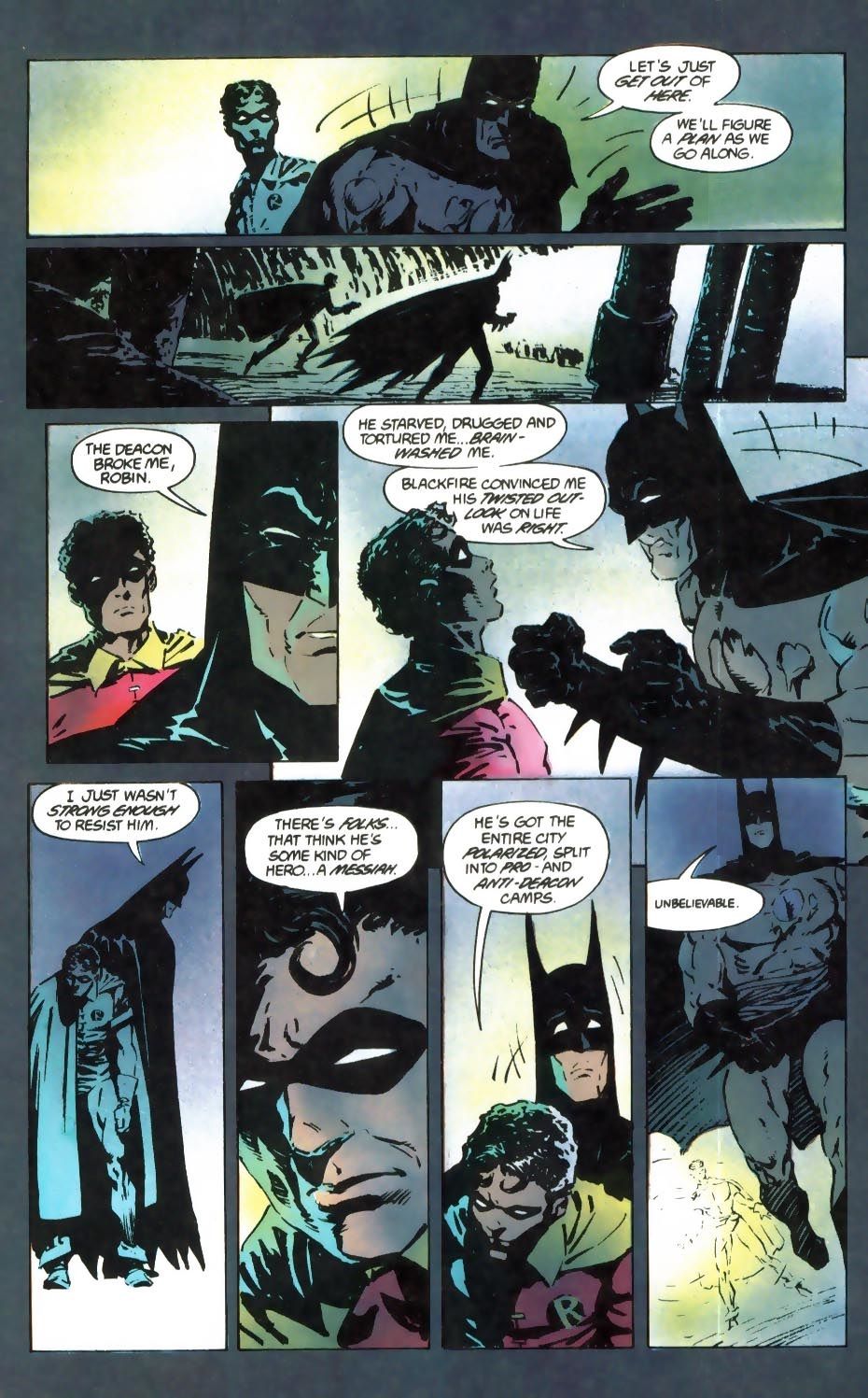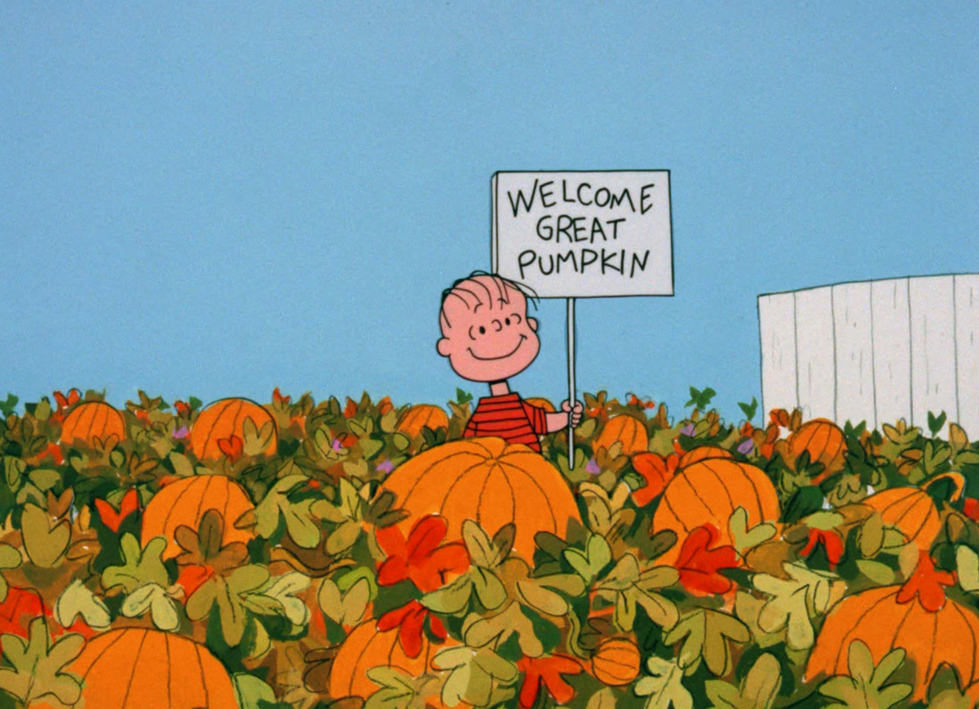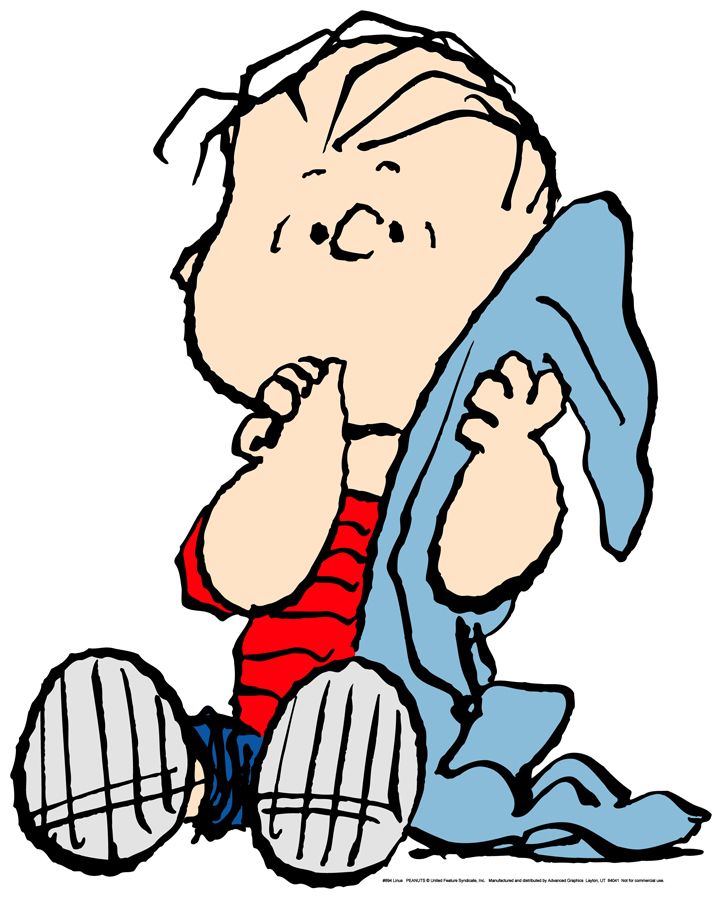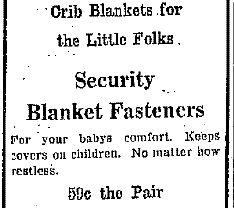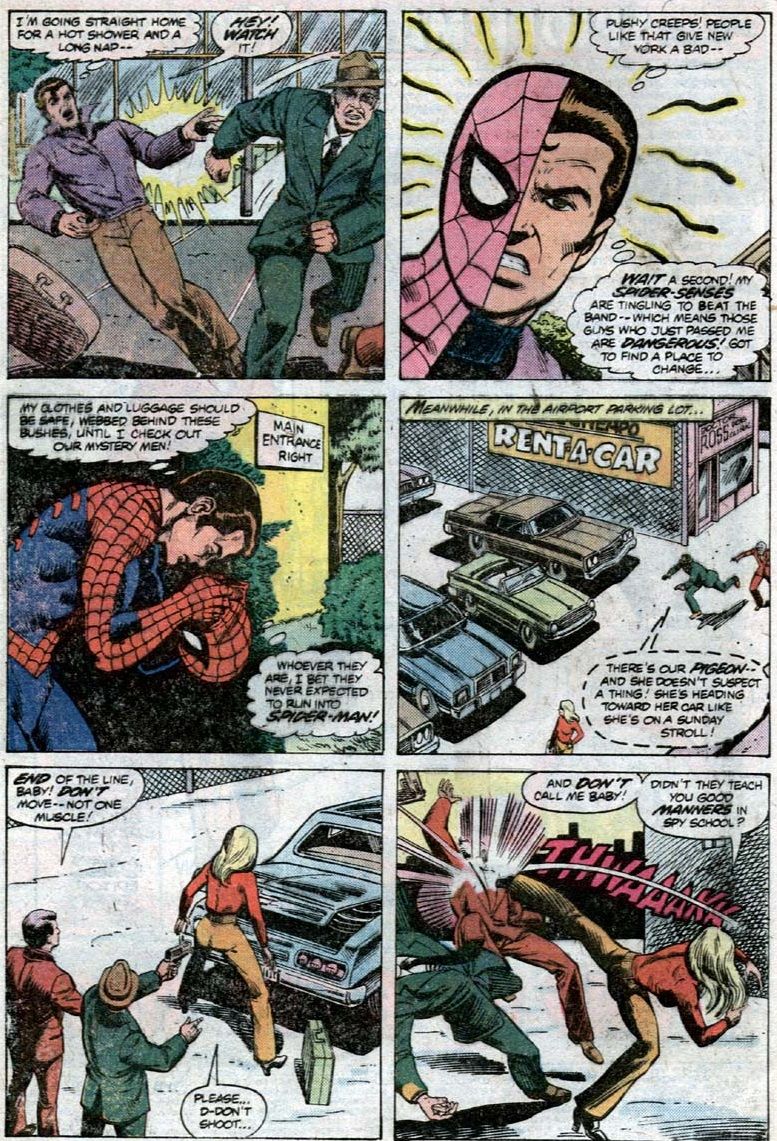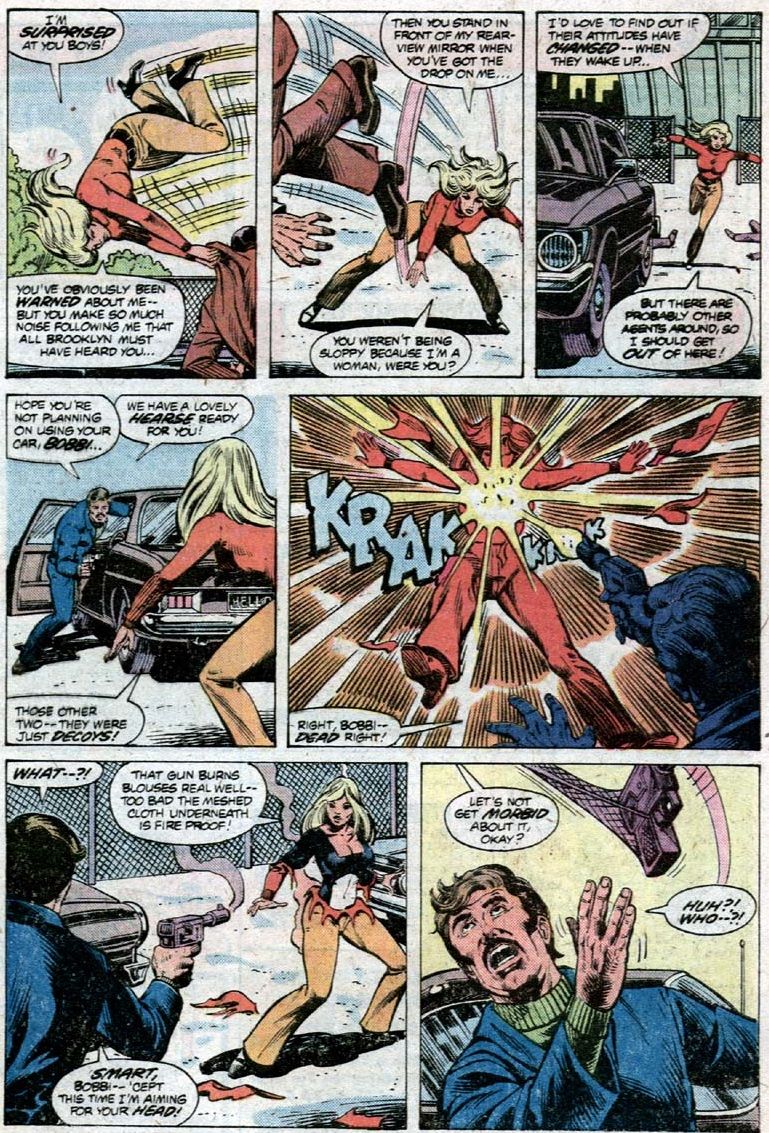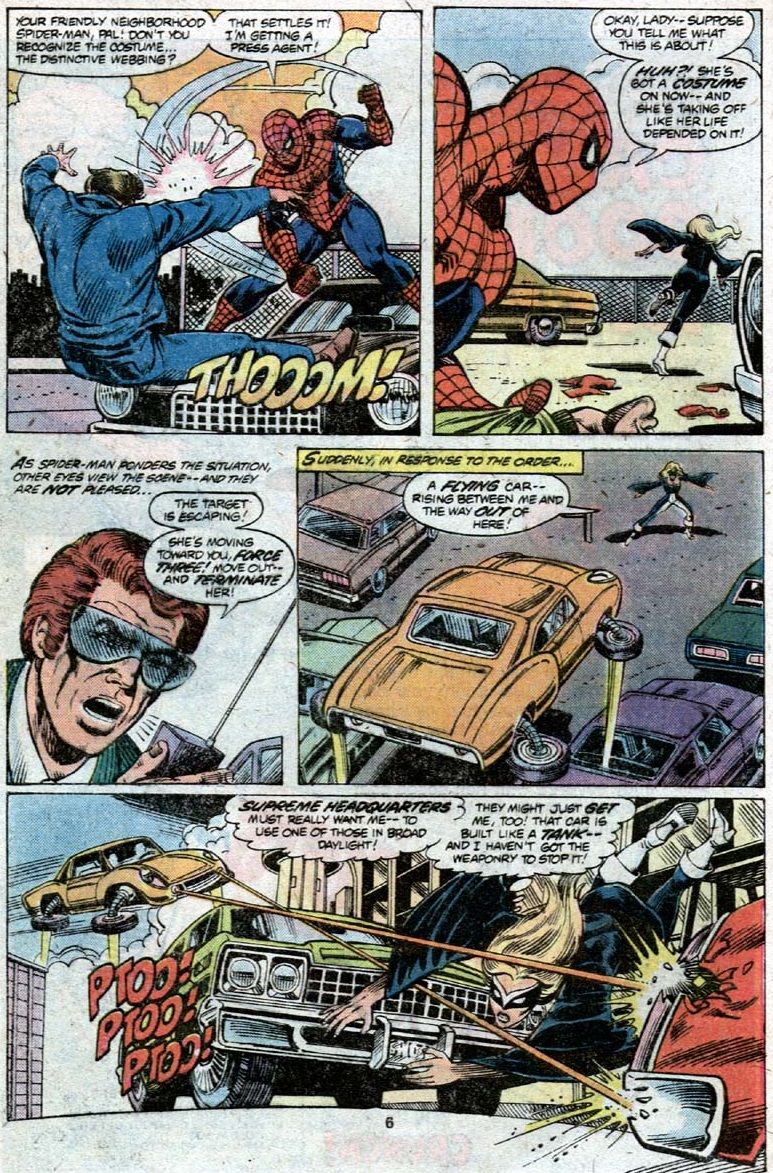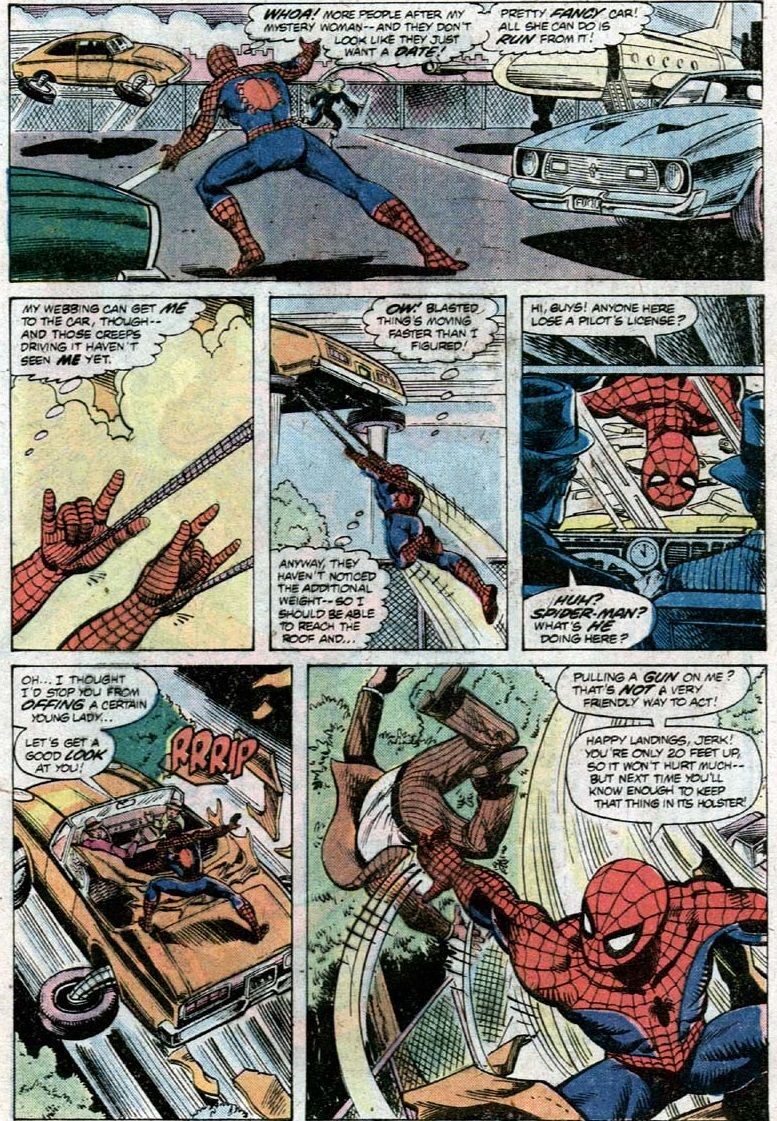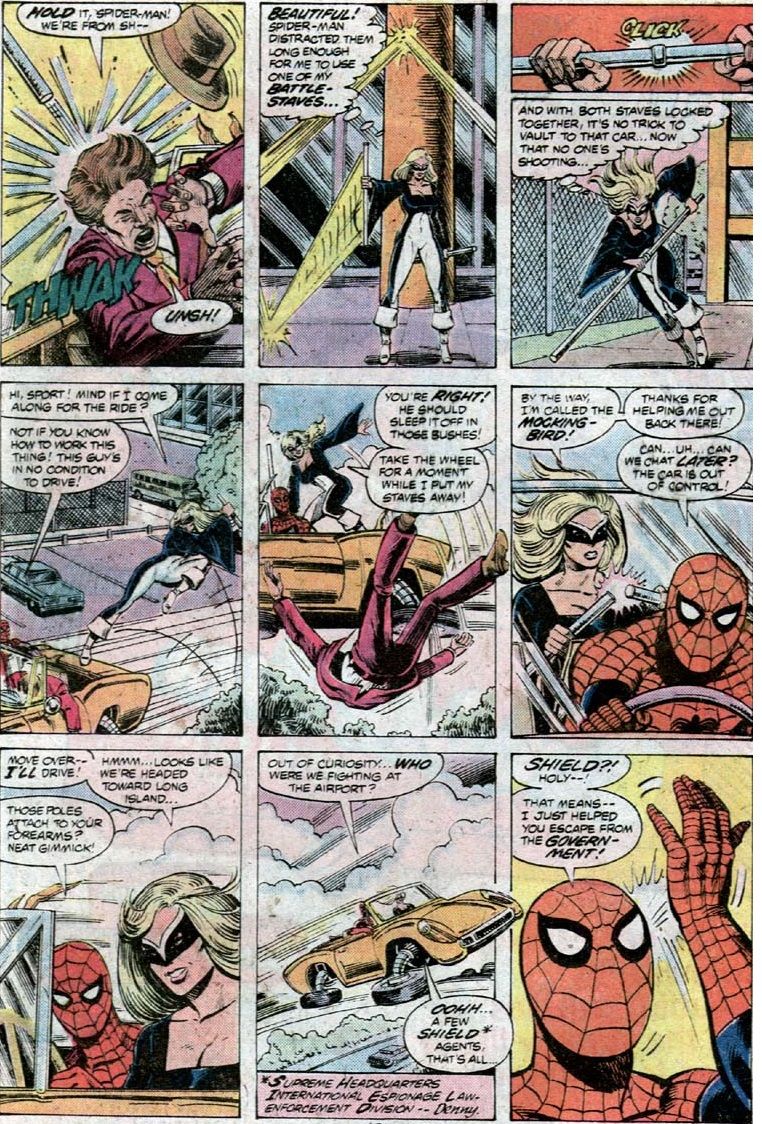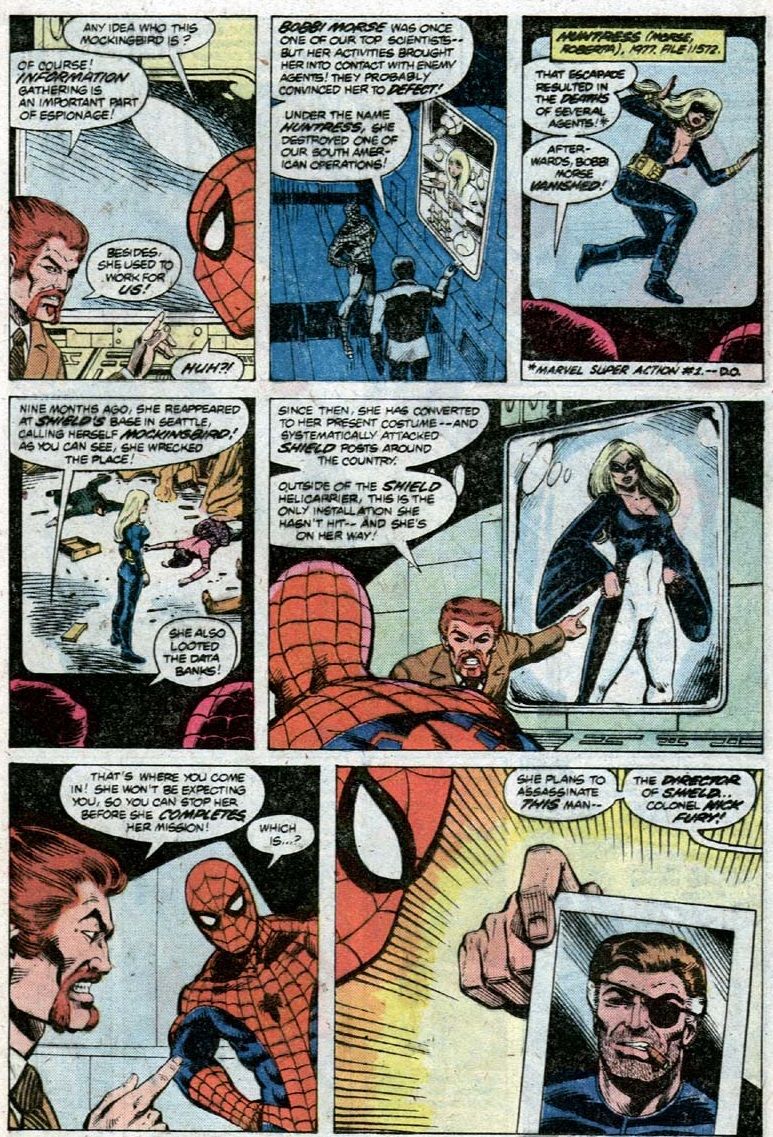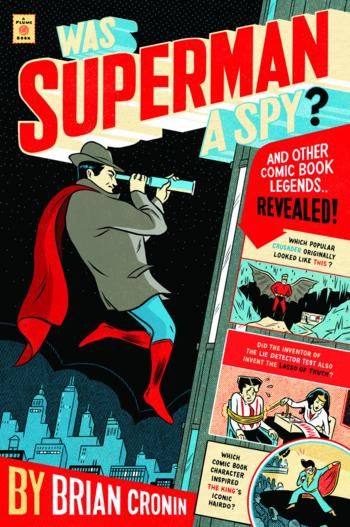Welcome to the four hundred and ninety-fifth in a series of examinations of comic book legends and whether they are true or false. Click here for an archive of the previous four hundred and ninety-four. This week, was Robin nearly in Arkham Asylum: A Serious House on Serious Earth? Did Peanuts coin the term "security blanket?" And was Mockingbird nearly black?
Let's begin!
NOTE: The column is on three pages, a page for each legend. There's a little "next" button on the top of the page and the bottom of the page to take you to the next page (and you can navigate between each page by just clicking on the little 1, 2 and 3 on the top and the bottom, as well).
COMIC LEGEND: Robin was originally going to be in the classic (and very dark) Batman graphic novel, Arkham Asylum: A Serious House on Serious Earth
STATUS: True
Arkham Asylum: A Serious House on Serious Earth, the legendary Batman graphic novel by Grant Morrison and Dave McKean that made them both stars in the comic book world, is celebrating its 25th Anniversary this month.
The series was marked by its dark subject matter, as Batman is forced to go into Arkham Asylum after the inmates take control of the facility. Morrison and McKean examine the pyschology of the various inmates.
However, while it WAS dark material for them at the time, there's an interesting aspect of DC's darker Batman work from the late 1980s, the ones set in "current" continuity still included Robin in them!
Here's Jason Todd in Batman: The Cult, by Jim Starlin and Berni Wrightson...
So oddly enough for such a dark work, Robin originally was going to be in Arkham Aslyum!
He would be stationed at GCPD headquarters researching the history of Arkham Asylum and that would be how Morrison would work in the exposition about the history of Arkham.
The issue is that when Morrison first wrote the script for Arkham Asylum, it was intended to just be a 48-page special. Then it became a 64-page special when Dave McKean came aboard but McKean needed so much more that it became a 120-page graphic novel.
McKean, for his part, was not particularly interested in drawing superheroes in general (he made an exception here because it was such a high profile comic and he felt that he could possibly do something new with the character), so he DEFINITELY did not want to draw Robin. Morrison tried to compromise by having Robin covered up by a trenchcoat so that McKean would not have to draw the bright Robin costume but McKean wouldn't budge so Morrison cut Robin from the book and used other means to explore the history of Arkham Asylum and the Arkham family.
Can you even imagine the finished Arkham Asylum with Robin in it? Yikes!
McKean discussed the problem back in 1990 with Comics Career magazine:
It was kind of a breaking point in as much as at the beginning of it I thought if could push it as far as I could in the direction that I wanted to go – this sort of very abstracted work and dense atmosphere. I tried not to accept any of the ground rules at face value.
When Grant first came up with the story he didn’t know who was going to be drawing it, so it was a very traditional Batman story. But, it had Robin in it, and I didn’t like that at all. At one point he was Bruce Wayne, and I didn’t want that either because I don’t believe in the character as a human being. I like the idea of him being sort of a cross between man and an animal, and I think as a mythic story that’s kind of interesting.
We chopped it and changed it around. It became sort of a symbolic play. We piled all this stuff on top of it, and dressed it up in its best clothes, and sent it out. Then I sat down afterwards and realized, “Why? Why bother? It’s such an absurd thing to do.” It’s like suddenly realizing the fact that you’re desperately trying to work around the subject matter – trying to make the book despite the subject, rather than because of it. At the end of the day, if you really love to do Batman comics, then that’s probably the best thing to do. Not liking them, and then trying to make something out of them is just a waste of time.
Thanks to Grant Morrison for the information from his notes for the 15th Anniversary of Arkham Asylum edition. Thanks to GrayDog for the link to the Comics Career article.
Check out my latest Movie Legends Revealed at Spinoff Online: Was the "evil" owner in the film Major League secretly the hero of the film?
COMIC LEGEND: Peanuts coined the term "security blanket."
STATUS: False
It is Halloween, so in honor of It's The Great Pumpkin, Halloween...
We'll explore whether it is true that the term "Security blanket" was coined in reference to Linus from Peanut's famous security blanket...
A lot of people believe this to be true and Charles Schulz definitely believed it to be true back in the day.
However, like a lot of times when this type of thing comes up, the issue is a confusion between POPULARIZING a term and COINING it.
The term "security blanket" first showed up early in the early 20th Century as quite literally what they sound like, they were blankets used to securely constrain babies within their cribs. Here's a 1925 ad for the fasteners used to attach the security blankets...
The term then became a popular one for references to, well, security.
However, that's different than its current use, which is an item that a kid holds on to to feel secure. Linus first got his blanket in 1954, but it was not until 1956 that it was first referred to as a security blanket. By that time, the term had already appeared in its current usage and it seems more likely that Schulz was taking it from that usage. Or perhaps it was just a coincidence.
In any event, Linus' security blanket soon made the phrase POPULAR. It just didn't coin that particular usage.
Thanks to the Phrase Finder for the information!
COMIC LEGEND: Mockingbird was originally going to be black.
STATUS: Basically True
We continue with our series of Mockingbird legends (because I didn't want to do a full week's worth)!
In Marvel Team-Up #95, Mockingbird made her debut (how cool is it that she was drawn on her first cover appearance by Frank Miller?!)...
Here she is in the issue (written by Steven Grant and drawn by Jimmy Janes and Bruce Patterson)...
And here we see a little bit of her history...
(You can read more on our spotlight on her history here).
Mockingbird came about because DC had introduced a Huntress character, so Bobbi Morse's old identity was no longer available. Mark Gruenwald had just left writing Spider-Woman. In that book, he had developed a character known as Mockingbird who was going to be a villain for Spider-Woman. This character would have the famous Mockingbird costume but would be African-American. Once Gruenwald was off the book, he had the concept ready to use, so he merged it with the Huntress character to form Mockingbird! He then gave it to Grant to write.
So yes, "Mockingbird" was originally going to be black, but Bobbi Morse was never going to be black. So it's a close "true".
What's funny is how this continues the legacy of writers leaving Spider-Woman and using unused Spider-Woman villains as more notable characters. Marv Wolfman originally planned on Black Cat as a Spider-Woman villain before he left the book and now Mockingbird! Quite a legacy!
Okay, that's it for this week!
Thanks to the Grand Comics Database for this week's covers! And thanks to Brandon Hanvey for the Comic Book Legends Revealed logo!
Feel free (heck, I implore you!) to write in with your suggestions for future installments! My e-mail address is cronb01@aol.com. And my Twitter feed is http://twitter.com/brian_cronin, so you can ask me legends there, as well!
Here's my newest book, Why Does Batman Carry Shark Repellent? The cover is by Kevin Hopgood (the fellow who designed War Machine's armor).
If you want to order a copy, ordering it here
gives me a referral fee.
Follow Comics Should Be Good on Twitter and on Facebook (also, feel free to share Comic Book Legends Revealed on our Facebook page!). Not only will you get updates when new blog posts show up on both Twitter and Facebook, but you'll get original content from me, as well!
Also, be sure to check out my website, Urban Legends Revealed, where I look into urban legends about the worlds of entertainment and sports, which you can find here, at urbanlegendsrevealed.com.
Here's my book of Comic Book Legends (130 legends - half of them are re-worked classic legends I've featured on the blog and half of them are legends never published on the blog!).
The cover is by artist Mickey Duzyj. He did a great job on it...(click to enlarge)...
If you'd like to order it, you can use the following code if you'd like to send me a bit of a referral fee...
Was Superman a Spy?: And Other Comic Book Legends Revealed
See you all next week!

